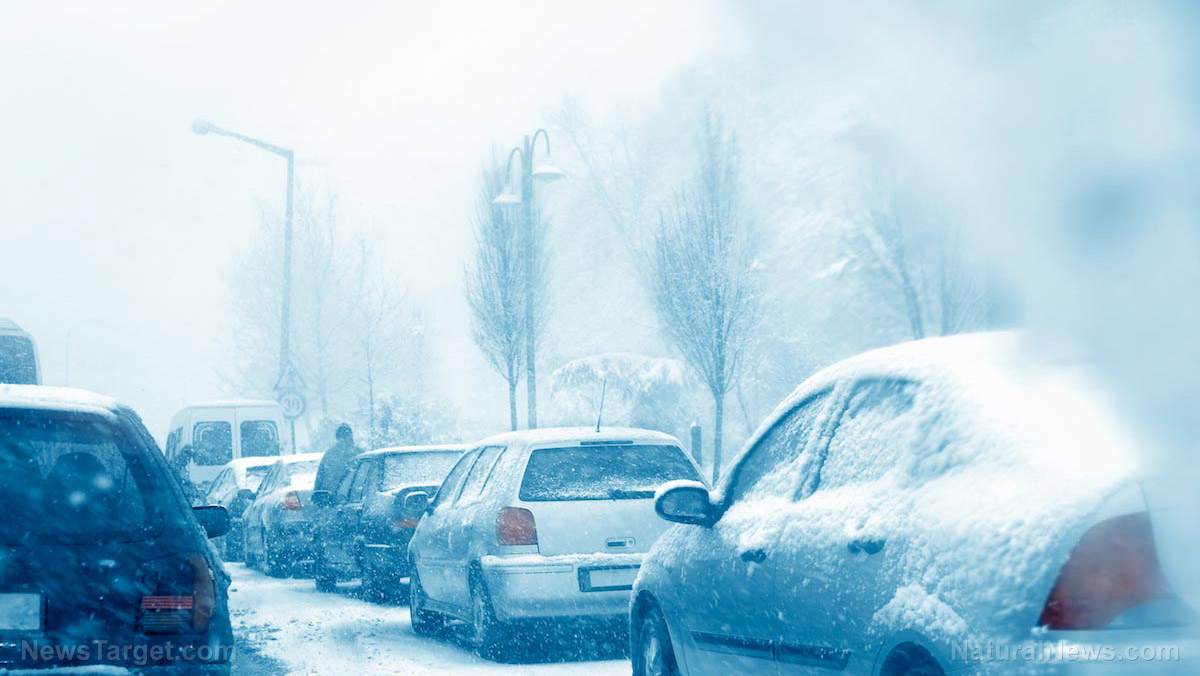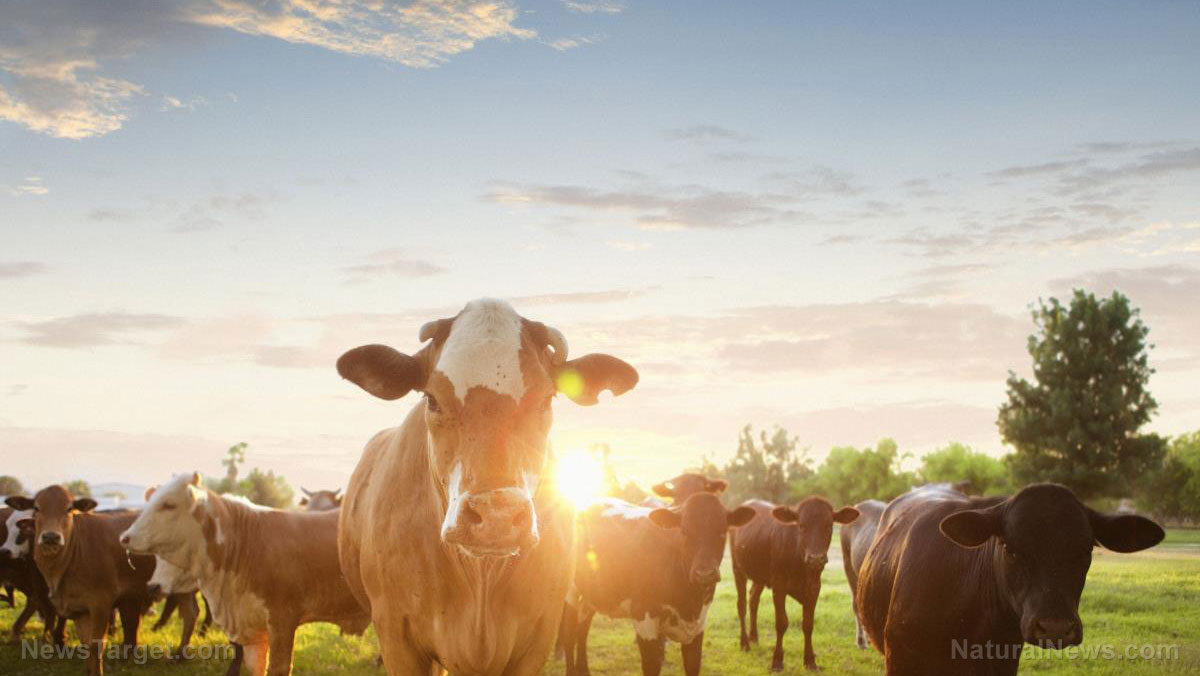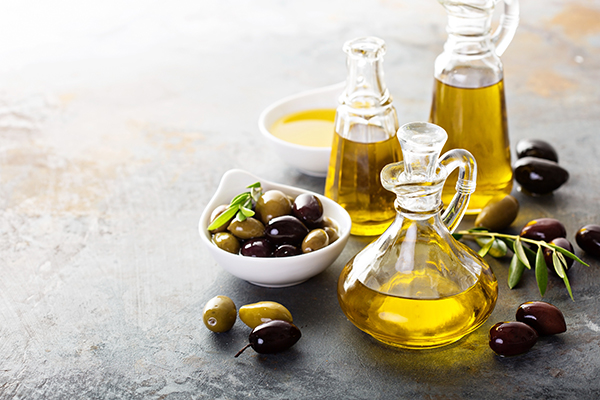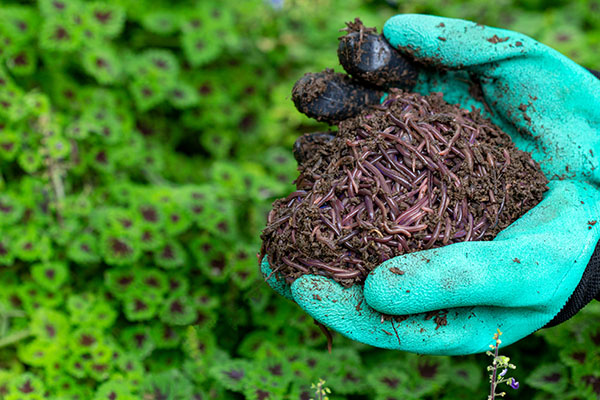
A major cold snap has struck Europe at a time when spring crops are just getting into the ground, which is amplifying an already fragile food and supply chain situation.
According to reports, a historically intense, record-setting arctic blast sent temperatures plummeting down 20 to 30 degrees Fahrenheit (11 to 18 degrees Celsius) below normal, shocking crops and threatening to create future food shortages.
Prior to the arctic blast, Europe saw warmer-than-normal temperatures that caused a rapid greening of flora, particularly in France's lush agricultural regions.
"It's still difficult to evaluate the [damage] caused by the frost, but orchards ('stone fruits' such as plum trees, apricot, cherry) and vineyards have been impacted," said Jean-Marc Touzard, director of research at the French National Research Institute for Agriculture, Food and Environment (INRAE).
These "false springs," as some are calling them, have many climate scientists concerned. Warmer-than-normal late winters and early springs followed by early-spring arctic blasts are devastating for vegetation. The youngest and most vulnerable plants often get wiped out in such conditions.
Météo-France, the country's official weather forecasting agency, tweeted that France just had its coldest April morning on record, with the earliest records dating back to 1947. National minimum temperatures on that day reached just 29.3 degrees F (minus-1.5 C).
In the mountain regions, temperatures dropped to as cold as minus-6.7 degrees F (minus-21.5 C), which is also an April record for the country.
Germany and Spain also saw record cold weather from arctic blast
Since at least 1930, added French meteorologist Guillaume Séchet in a tweet, April 1 to 3 of 2022 were the coldest first three days of April in France. This is believed by some to be part of a Grand Solar Minimum cycle for the planet.
Maximiliano Herrera, a climatologist who tracks international weather extremes, also tweeted that freezing temperatures breaching national records were also recorded in both Germany and Spain.
"European Cold Spell: More heavy frosts also in Germany with few more long term stations which broke their April records of low temperatures:
-8.8C Memmingen
-8.1C Augsburg
-5.9C Wutöschingen-Ofteringen
-5.6C Emmendingen-Mundingen," he wrote.
"In Spain April record cold at Segovia with -5.6C."
Austria likewise experienced heavy frosts after major snowfall from the arctic blast, including in the capital city of Vienna.
"April monthly records were broken in Reichenau with -10.1C (POR since 1972) and at Freistadt (POR 1936-)," Herrera further reported.
All the way from Portugal to western Russia – pretty much the entirety of Europe – unseasonably cold conditions were reported, with the worst of it hitting between Spain and Germany. France is said to have been hit the hardest. (Related: Remember in early 2021 when Texas was hit by a massive arctic blast that left millions of people without power?)
The warm weather conditions that were present prior to the recent arctic blast over Europe made plants and food crops especially vulnerable to frost. In Germany, for instance, there were nearly 20 more frost-free days than normal recorded throughout the country.
"Frost tolerance is rather weak, making crops susceptible to freezing temperatures," reads the monthly crop monitoring bulletin from the European Commission.
In France up until the arctic blast hit, winter weather conditions were around 1.8 degrees F (1 degree C) higher than normal from February through mid-March. Then the cold hit and shocked everything.
This could result in a national agriculture devastation similar to the ones that occurred in both 1991 and 2021, warns Serge Zaka, an expert in climate and agriculture in France.
"It's the second straight year that a harsh cold spell has arrived after an unusually early spring bloom," reports Strange Sounds about the situation in Europe.
More related news coverage about the climate can be found at Climate.news.
Sources for this article include:
Please contact us for more information.





















